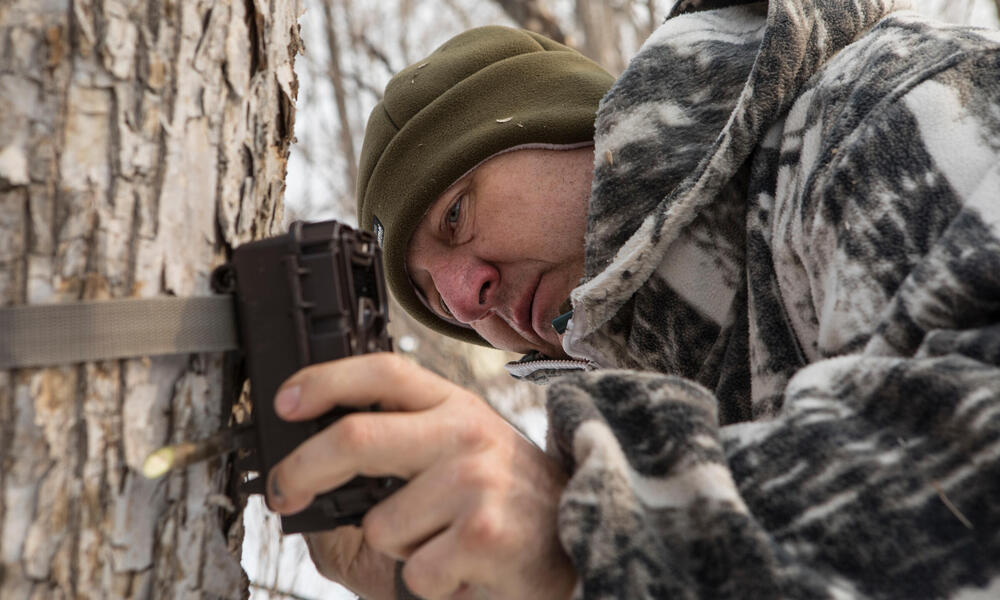Pavel is trained in a specialist form of wildlife forensics. Though wild tiger numbers have started to increase, the sad fact is that the remains of dead tigers are sometimes found in the field. When this happens, the animals are brought back to the Animal Diseases Diagnostics Centre in Ussurysk, where Pavel and his team carry out full forensic examinations.
The autopsies Pavel carries out on tigers aim to determine the cause of death, and ultimately decide whether the tiger died at the hands of humans or from natural causes.
These examinations are essential in forming evidence for possible criminal cases in the illegal wildlife trade, and it’s a responsibility that he does not take lightly: “One must be completely honest… objective and professional. I am fully aware that, due to my expertise, a person will get a jail sentence or a large fine.”
Every year, the team carries out over 100 examinations on wild animals that are brought to the Diagnostics Centre. In the first half of 2016 alone, Pavel provided forensic and biological expertise for six criminal cases, three involving tigers.
